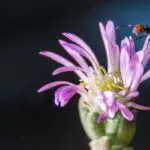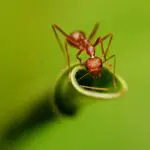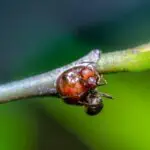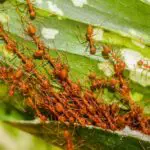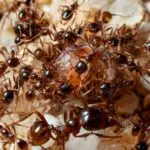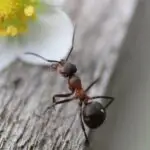How Ants Help the Environment
ants help the environment by providing aeration, fertilising soil, and killing pests. They are also involved in the decomposition process and play a crucial role in nutrient cycling.
Ants are one of the most widely distributed terrestrial organisms on the planet. They are found on every continent except Antarctica. They have been around for millions of years. They are also very adaptable to environmental changes.
They are generalist predators. They eat insects, carrion, and pest larvae. They are known to kill pests and improve the rate of germination of seeds. They are also involved in the decomposition of plant and animal matter.
Ants also play an important role in soil aeration. Ant nests in the soil increase aeration by creating air pockets that allow oxygen to circulate and nutrients to move. Some anthills are very tall, towering into the air. Other species create barely noticeable anthills on the surface.
As they move through the earth, ants make chemical trails for other ants to follow. They also dig tunnels to create tree root-free zones.
Ants are also responsible for improving seed germination. They carry seeds to their nests where they are protected from predators. They also carry seeds to more nutrient-rich habitats. Compared to seeds carried by mammals, those carried by ants are less likely to suffer from drought.
They also protect seeds by providing a compost pile to keep them fertile. They also use fungi and resins to feed their larvae.

